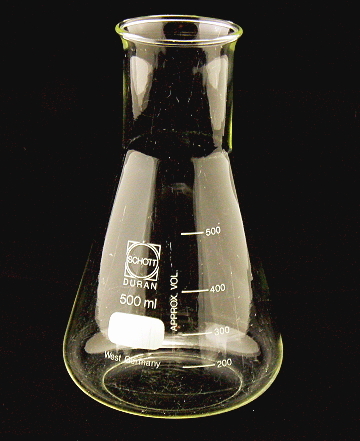


It serves to contain substances or heat them, although the shape of this flask also helps to prevent liquid spillage and facilitates swirling motion to perform titrations, or other procedures. Erlenmeyer flask: It has a cone shape and a cylindrical neck, being also flat by the base.All of them come with pictures so you can esily identify those weird pieces of glassware sitting around in the lab. Find images exactly you are looking for from more than 81200000 of royalty-free stock photos. Remember, small details make big differences!, particularly in experimental Chemistry.Ĭonsidering this, in the following paragraphs, you will find a description and useful information about the most common laboratory glassware found in any laboratory. empty beaker or flask - Stock Illustration(No.54891465). Whether you are an experienced researcher or a curious student trying to unveil the fascinating world of chemistry, I am sure you will find in this article several interesting details that you could have missed and could be very useful once you are in front of you laboratory bench. From simple test tubes to the more complex micro-Kjeldahl distillation units, glass is used in most, if not all for some fields, chemical experiments performed in a laboratory. Through chemistry history, different materials have been employed to build these containers, although it is generally acknowledged that glass is the material of choice for most applications. We are going to help you identify the most common (or not so common) types of chemistry flasks out there!

An important concern within any chemistry laboratory is the handling and storage of chemical substances regardless of the physical state in which they are.


 0 kommentar(er)
0 kommentar(er)
